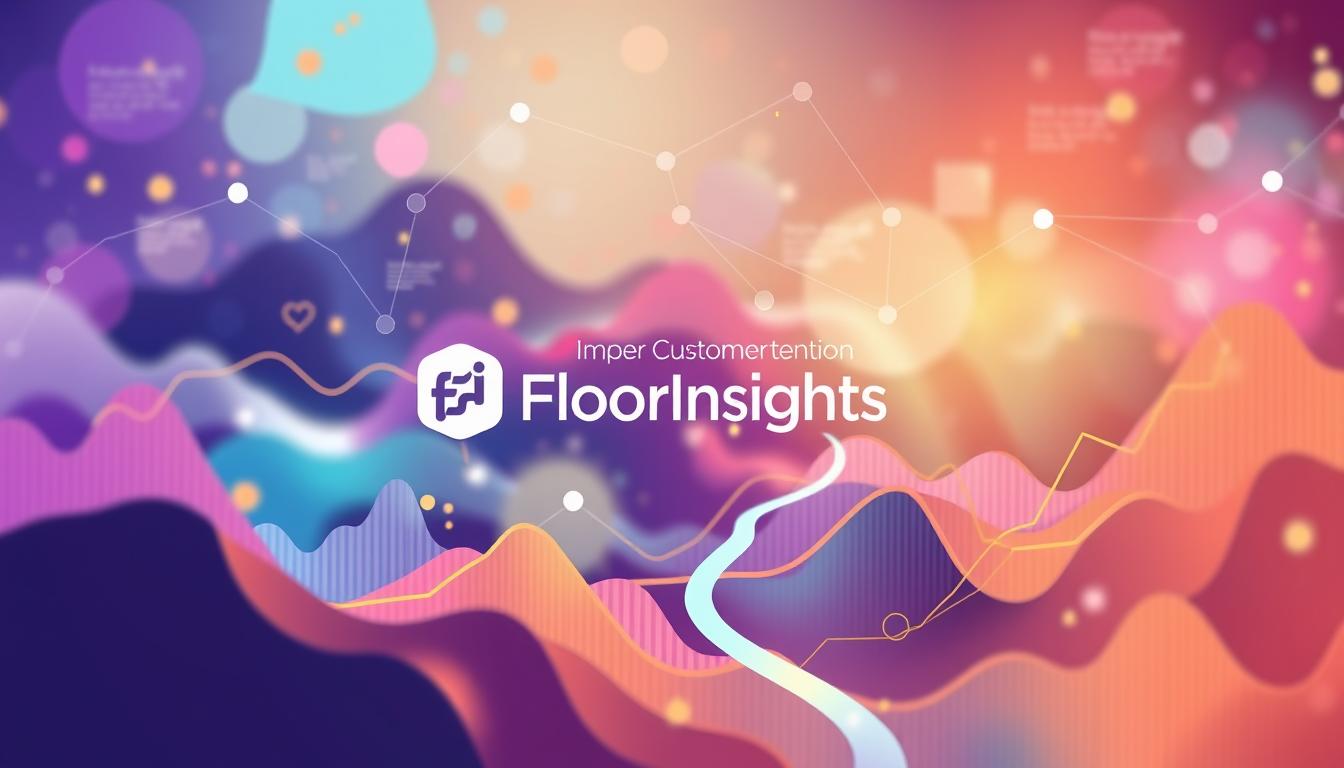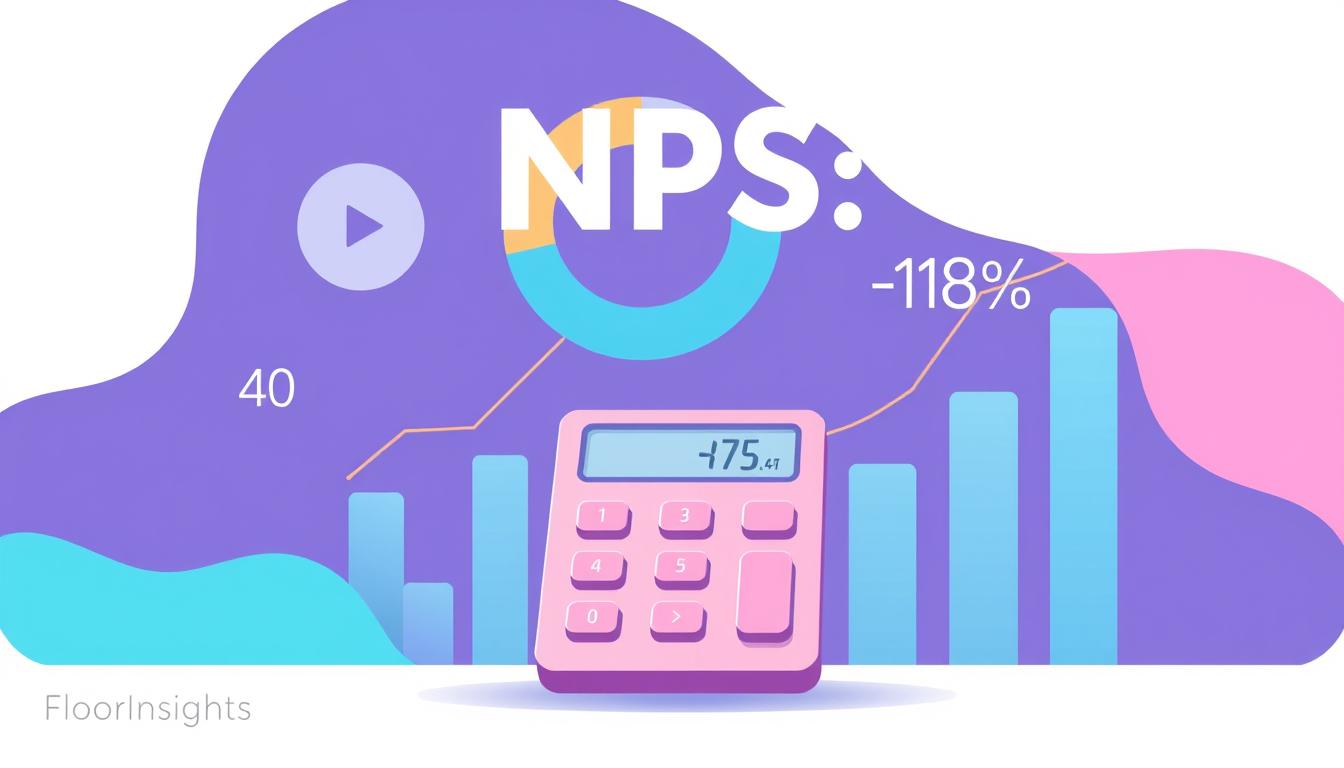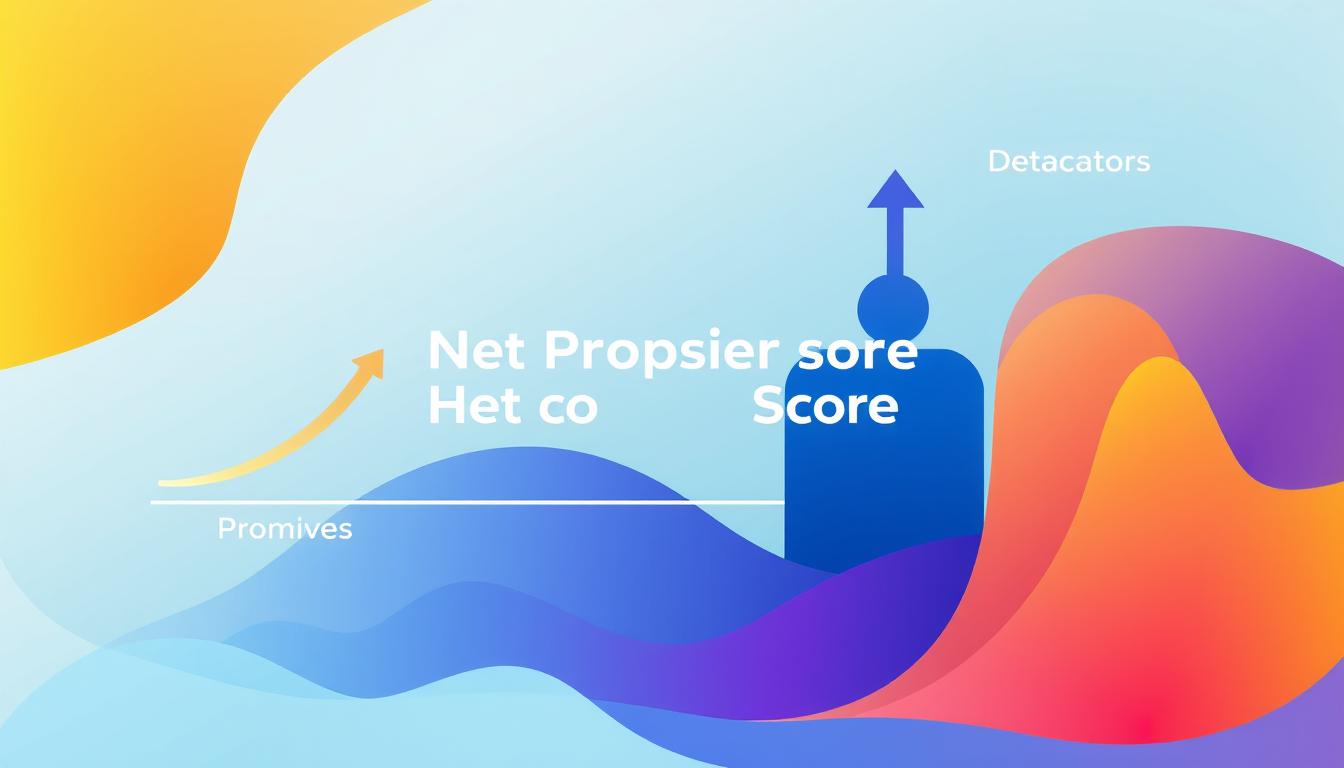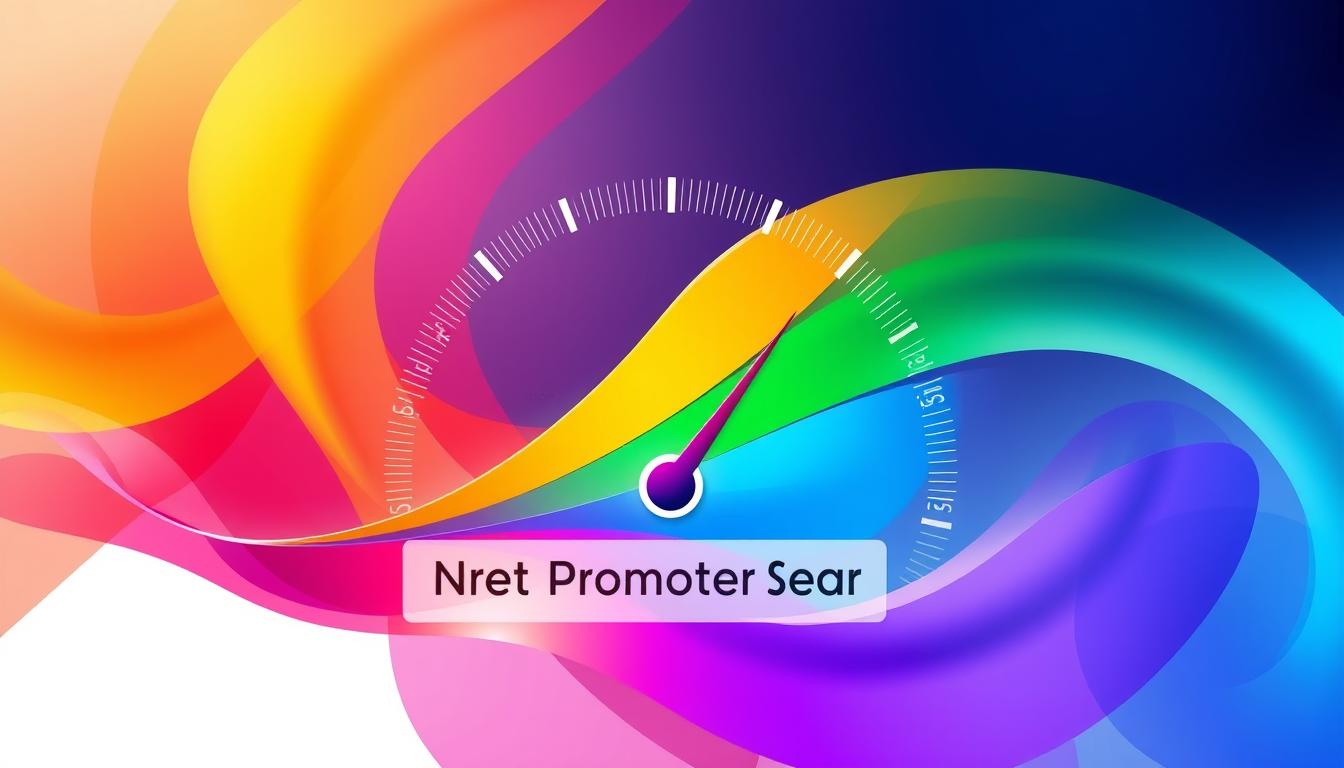In today’s highly competitive business landscape, retaining loyal customers has become a critical priority for companies across India. As we navigate this evolving market, understanding the relationship between Net Promoter Score (NPS) and customer retention is crucial for driving long-term growth and success. Through this article, we will explore the powerful connection between these two key metrics, revealing how NPS can serve as a valuable indicator of customer loyalty and the strategies businesses can employ to enhance the customer experience and foster lasting relationships.
Key Takeaways
- Net Promoter Score (NPS) is a widely used metric that measures customer loyalty and the likelihood of referrals.
- Customer retention is a crucial factor in driving business growth, as retaining existing customers is more cost-effective than acquiring new ones.
- There is a strong correlation between NPS and customer retention, as companies with higher NPS tend to have higher customer loyalty and lower churn rates.
- Strategies such as improving customer service, personalizing the customer journey, and integrating NPS with other loyalty metrics can help businesses enhance customer retention and drive long-term success.
- Employee engagement is a critical component in maintaining a high NPS and fostering a positive customer experience.
The Importance of Customer Loyalty
Cultivating customer loyalty is a cornerstone of business success. Retaining existing customers is typically more cost-effective than acquiring new ones, making it a strategic priority for savvy organizations. In this section, we’ll explore the value of repeat business and the high costs associated with customer acquisition, underscoring the critical role of customer loyalty and retention strategies.
Understanding the Value of Repeat Business
Loyal customers are the backbone of any thriving business. They not only generate steady revenue through repeat purchases but also serve as brand advocates, spreading positive word-of-mouth and attracting new clients. Studies show that the cost of retaining an existing customer is significantly lower than the cost of acquiring a new one, making customer loyalty a powerful driver of profitability.
The Cost of Acquiring New Customers
Acquiring new customers can be a complex and resource-intensive endeavor. From marketing and advertising expenses to the time and effort required to nurture leads and close sales, the costs associated with customer acquisition can quickly add up. By prioritizing customer loyalty and retention, businesses can allocate their resources more efficiently and focus on cultivating long-term, mutually beneficial relationships with their existing clientele.
| Metric | Value |
|---|---|
| Average Cost of Acquiring a New Customer | $50-$300 |
| Average Lifetime Value of a Loyal Customer | $1,200-$5,000 |
| Probability of Selling to an Existing Customer | 60-70% |
| Probability of Selling to a New Customer | 5-20% |
The data in the table highlights the significant difference in the cost of acquiring new customers versus the potential lifetime value of loyal, repeat customers. This reinforces the importance of prioritizing customer retention and customer experience strategies to drive long-term business success.
What is Net Promoter Score?
Net Promoter Score (NPS) is a powerful metric that measures the likelihood of a customer to recommend a company’s products or services to others. By understanding their NPS, businesses can gain valuable insights into customer sentiment and identify areas for improvement in the customer experience.
The NPS is calculated based on a single survey question: “How likely are you to recommend [company/product/service] to a friend or colleague?” Customers respond on a scale of 0 to 10, with 0 being “Not at all likely” and 10 being “Extremely likely.” These responses are then divided into three categories:
- Promoters (score 9-10): Loyal customers who are enthusiastic about the company and are likely to drive positive word-of-mouth.
- Passives (score 7-8): Satisfied but unenthusiastic customers who are vulnerable to competitors.
- Detractors (score 0-6): Unhappy customers who can damage the company’s brand through negative feedback.
The NPS is calculated by subtracting the percentage of Detractors from the percentage of Promoters. The resulting score can range from -100 (all Detractors) to 100 (all Promoters), with a higher score indicating a more positive sentiment among customers.
| NPS Score | Customer Sentiment |
|---|---|
| 0-30 | Acceptable |
| 30-70 | Good |
| 70-100 | Excellent |
By tracking their NPS over time, businesses can monitor the effectiveness of their customer experience initiatives and make data-driven decisions to improve customer loyalty and advocacy.
“Net Promoter Score is a customer loyalty metric that measures how likely customers are to recommend a company’s products or services to others.”
Calculating and Interpreting NPS
Measuring and understanding Net Promoter Score (NPS) is crucial for businesses to gauge customer loyalty and identify opportunities for improvement. The process involves a straightforward survey question and a systematic approach to categorizing respondents.
The NPS Survey Question
The standard NPS survey question is: “On a scale of 0 to 10, how likely are you to recommend our company/product/service to a friend or colleague?” This simple yet powerful question allows companies to assess their customers’ willingness to advocate for their brand.
Categorizing Respondents: Promoters, Passives, and Detractors
Based on their responses to the NPS survey question, customers are categorized into three groups:
- Promoters (score 9-10): Loyal, enthusiastic customers who are likely to continue using the product or service and refer others.
- Passives (score 7-8): Satisfied but unenthusiastic customers who are vulnerable to competitors’ offers.
- Detractors (score 0-6): Unhappy customers who may spread negative word-of-mouth and impede growth.
By understanding the composition of their customer base in terms of Promoters, Passives, and Detractors, businesses can gain valuable insights into their overall Net Promoter Score and identify areas for improving the customer experience.
“Measuring and understanding customer Net Promoter Score is essential for businesses to gauge loyalty and identify opportunities for improvement.”
The Connection Between NPS and Customer Retention
When it comes to understanding the long-term success of a business, the Net Promoter Score (NPS) and customer retention are inextricably linked. A high NPS can directly influence customer loyalty, leading to increased customer retention and driving sustainable business growth.
How NPS Influences Customer Loyalty
The Net Promoter Score is a powerful metric that captures the essence of customer sentiment. A customer with a high NPS, or a “Promoter,” is more likely to become a loyal, repeat customer. These customers are not only satisfied with the product or service but are also willing to actively recommend it to others.
On the other hand, customers with low NPS, or “Detractors,” are more likely to churn and seek alternative options. By monitoring and improving their NPS, companies can better understand their customer base and take proactive steps to enhance the overall customer experience.
The correlation between NPS and customer retention is evident. Businesses with high NPS scores typically enjoy higher customer loyalty, reduced churn rates, and increased customer lifetime value. This, in turn, leads to sustainable growth and a stronger competitive position in the market.
By strategically using NPS as a key indicator of customer sentiment, companies can gain valuable insights and tailor their efforts to improve customer satisfaction, address pain points, and ultimately drive long-term customer loyalty.
Using NPS to Improve Customer Experience
Leveraging the Net Promoter Score (NPS) can be a powerful tool for businesses seeking to enhance the overall customer experience. By analyzing NPS data and customer feedback, organizations can identify specific areas for improvement and make informed decisions to enhance various touchpoints and interactions.
One key way to utilize NPS is by focusing on the customer’s journey. By understanding where customers are dropping off or facing frustrations, companies can proactively address these pain points and streamline the experience. This might involve optimizing digital interfaces, improving response times for customer inquiries, or enhancing in-person interactions with better-trained staff.
Additionally, NPS data can shed light on the drivers of customer satisfaction and loyalty. Businesses can use this information to prioritize and invest in the features, products, or services that matter most to their customers. This targeted approach helps ensure that limited resources are directed towards the areas that will have the greatest impact on the customer experience.
| Metric | Importance | Key Considerations |
|---|---|---|
| Net Promoter Score (NPS) | Measures customer loyalty and the likelihood of referrals |
- Analyze NPS trends and feedback to identify areas for improvement
- Focus on enhancing the customer journey and addressing pain points
- Prioritize initiatives that directly impact customer satisfaction and loyalty
By leveraging the insights gleaned from NPS, businesses can make strategic improvements to the customer experience, ultimately leading to higher levels of satisfaction, loyalty, and advocacy. This holistic approach to customer experience management can pay dividends in terms of increased customer retention, referrals, and long-term profitability.
“Delivering great customer experiences is no longer a nice-to-have – it’s a must-have for any business that wants to succeed in today’s competitive landscape.” – Customer Experience Expert
Strategies for Increasing Customer Retention
As businesses strive to build long-lasting relationships with their customers, the focus often shifts to effective strategies for enhancing customer retention. By prioritizing exceptional customer service and delivering a personalized customer experience, companies can foster stronger ties with their client base and encourage repeat business.
Enhancing Customer Service
Providing top-notch customer service is a crucial element in driving customer retention. This involves ensuring that your customer support team is well-trained, empowered, and equipped to handle inquiries and concerns promptly and effectively. Investing in cutting-edge tools and technologies can also streamline the support process, enhancing the overall customer experience.
Personalizing the Customer Journey
In today’s competitive landscape, personalization has become a key differentiator in the pursuit of customer loyalty. By leveraging data-driven insights, businesses can tailor the customer journey to individual preferences and needs, creating a more engaging and meaningful experience. This can include personalized product recommendations, customized communication, and seamless omnichannel interactions.
Embracing these strategies can help businesses foster stronger customer retention, ultimately leading to increased customer loyalty and long-term profitability.
“Acquiring new customers can cost five times more than retaining existing ones. Focusing on customer retention is a smart business strategy.”
Net Promoter Score and Customer Lifetime Value
When it comes to understanding the success and longevity of a business, two key metrics stand out: Net Promoter Score (NPS) and customer lifetime value (CLV). These two metrics are intrinsically linked, as NPS provides valuable insights into how customers perceive and engage with a brand, directly impacting the long-term value they bring to the company.
NPS measures the willingness of customers to recommend a product or service to others, serving as a strong indicator of customer loyalty and satisfaction. On the other hand, CLV represents the total worth of a customer to a business over the course of their relationship, taking into account factors such as customer retention, purchase frequency, and average order value.
By understanding the connection between NPS and CLV, companies can prioritize strategies that drive long-term customer retention and profitability. Customers with a higher NPS are more likely to remain loyal, make repeat purchases, and even advocate for the brand, ultimately contributing to a higher CLV.
Conversely, addressing the needs of detractors, those who provide a low NPS, can help reduce customer churn and improve overall customer lifetime value. By focusing on enhancing the customer experience and addressing pain points, businesses can increase the likelihood of retaining customers and fostering stronger, more profitable relationships.
| Metric | Definition | Importance |
|---|---|---|
| Net Promoter Score (NPS) | A measure of customer loyalty and satisfaction, based on the likelihood of customers to recommend a product or service to others. | NPS provides insights into customer sentiment and can help identify areas for improvement to enhance the customer experience. |
| Customer Lifetime Value (CLV) | The total worth of a customer to a business over the course of their relationship, taking into account factors like customer retention, purchase frequency, and average order value. | CLV is a crucial metric for understanding the long-term profitability and sustainability of a business, as it helps guide strategic decisions and investments. |
By aligning NPS and CLV strategies, businesses can create a virtuous cycle of customer loyalty, retention, and profitability, ultimately driving long-term success and growth.
“Loyal customers, they don’t just come back, they don’t simply recommend you, they insist that their friends do business with you.” – Chip Bell
Integrating NPS with Other Loyalty Metrics
To gain a comprehensive understanding of customer loyalty, businesses should integrate the Net Promoter Score (NPS) with other loyalty metrics, such as customer satisfaction scores. By combining these data points, companies can obtain a more holistic view of the customer experience and make more informed decisions to drive customer retention and advocacy.
Combining NPS with Customer Satisfaction Scores
While NPS provides valuable insights into customer willingness to recommend a product or service, customer satisfaction scores offer a complementary perspective on overall customer sentiment. By analyzing these two metrics side by side, organizations can uncover deeper insights into their customers’ experiences, preferences, and pain points.
For example, a customer may be satisfied with a particular service but not feel compelled to recommend it to others. Conversely, a customer may be a strong promoter of a brand despite some minor dissatisfaction with specific aspects of the experience. Integrating NPS and customer satisfaction data can help businesses identify these nuances and develop more targeted strategies to address customer needs.
| Metric | Description | Insights Gained |
|---|---|---|
| Net Promoter Score (NPS) | Measures customer willingness to recommend a product or service | Provides insights into customer loyalty and advocacy |
| Customer Satisfaction Score (CSAT) | Measures overall customer satisfaction with a product or service | Offers insights into customer sentiment and experience |
By combining NPS and customer satisfaction data, businesses can gain a more comprehensive understanding of their customers’ experiences, identify areas for improvement, and develop strategies to enhance customer loyalty and retention.
Best Practices for Implementing NPS
Implementing the Net Promoter Score (NPS) effectively within an organization requires a strategic approach. By following best practices, you can collect reliable customer feedback, analyze the data, and take actionable steps to enhance the customer experience and drive long-term loyalty.
- Conduct Consistent Surveys: Regularly survey your customers to track changes in their loyalty and satisfaction levels. Consistent data collection is crucial for identifying trends and measuring the impact of your efforts.
- Personalize the Survey Experience: Tailor the survey questions and communication to each customer’s unique preferences and needs. This personalized approach can improve response rates and provide more valuable insights.
- Analyze NPS Data Holistically: Examine your NPS data in conjunction with other customer experience metrics, such as customer satisfaction and retention rates. This holistic analysis can help you uncover the underlying factors influencing customer loyalty.
- Prioritize Feedback Gathering: Actively solicit customer feedback through various channels, including surveys, social media, and customer support interactions. The more feedback you collect, the better you can understand your customers’ needs and pain points.
- Respond Promptly to Feedback: Acknowledge and address customer concerns in a timely manner. Demonstrating that you value their input and are committed to improving the customer experience can significantly enhance loyalty.
By implementing these best practices, you can effectively leverage the Net Promoter Score to enhance the customer experience, boost customer retention, and drive long-term customer loyalty.
Implementing NPS effectively is not just about the score itself, but about the insights and actions it can inspire to improve the overall customer experience.
The Role of Employee Engagement in NPS
Fostering a culture of engaged employees is crucial for driving positive customer experiences and improving Net Promoter Score (NPS). When employees are passionate about their work and empowered to deliver exceptional service, they become instrumental in shaping the overall customer experience and contributing to the success of the NPS program.
Employee engagement is a key factor in the link between Net Promoter Score and customer retention. Engaged employees are more likely to go the extra mile for customers, addressing their needs and concerns promptly and effectively. This, in turn, leads to higher customer satisfaction and a greater likelihood of customers becoming loyal promoters of the brand.
To foster a culture of engaged employees, companies can implement various strategies, such as:
- Providing comprehensive training and development opportunities to equip employees with the necessary skills and knowledge to excel in their roles.
- Empowering employees to make decisions and take ownership of their work, giving them a sense of autonomy and responsibility.
- Recognizing and rewarding exceptional performance, fostering a sense of appreciation and motivation among the workforce.
- Promoting open communication and feedback channels, enabling employees to voice their ideas and concerns.
- Aligning employee goals and objectives with the overall business strategy, ensuring a shared sense of purpose and direction.
By cultivating a workforce of engaged and empowered employees, organizations can create a positive ripple effect throughout the customer experience, ultimately driving improved Net Promoter Scores and enhanced customer retention.
| Metric | Importance | Impact on NPS |
|---|---|---|
| Employee Engagement | High | Directly influences customer experience and loyalty, leading to higher NPS |
| Customer Satisfaction | High | Positively correlates with NPS, as satisfied customers are more likely to become promoters |
| Customer Retention | High | Closely linked to NPS, as loyal customers contribute to a higher proportion of promoters |
By investing in employee engagement, organizations can unlock the full potential of their Net Promoter Score and drive long-term success through enhanced customer experiences and increased customer retention.

Engaged employees are the foundation of a successful NPS program. They are the ones who bring the customer experience to life and drive the loyalty that fuels business growth.”
Conclusion
In our exploration of the dynamic relationship between Net Promoter Score (NPS) and customer retention, we’ve uncovered the pivotal role that customer loyalty plays in driving long-term business growth. By understanding the value of repeat business and the significant costs associated with acquiring new customers, it’s clear that fostering a strong customer base through exceptional experiences is essential for companies operating in India’s market.
Implementing NPS effectively allows businesses to gauge the sentiment of their customers, identify areas for improvement, and ultimately, enhance the overall customer experience. As we’ve learned, a high NPS directly correlates with increased customer retention and advocacy, ultimately translating to greater customer lifetime value and sustainable business success.
Throughout our exploration, we’ve highlighted the best practices for implementing NPS, from calculating and interpreting the scores to integrating it with other loyalty metrics. Importantly, we’ve emphasized the significance of employee engagement in driving NPS improvement, as satisfied and empowered team members are the foundation for delivering the exceptional experiences that customers demand.
FAQ
What is the connection between Net Promoter Score (NPS) and customer retention?
NPS is a strong indicator of customer loyalty and directly impacts customer retention. A high NPS, which reflects a high likelihood of customers recommending a company’s products or services, is closely tied to increased customer loyalty and repeat business. By understanding and improving their NPS, businesses can enhance the overall customer experience and foster long-term relationships with their customers.
How can companies use NPS to improve the customer experience?
What are the best practices for implementing an effective NPS program?
Key best practices for implementing an effective NPS program include collecting reliable customer feedback, analyzing NPS data, and taking actionable steps to improve the customer experience and drive long-term loyalty. Companies should also focus on fostering a culture of engaged employees who are empowered to deliver exceptional service and contribute to the overall success of the NPS program.
How does NPS relate to customer lifetime value (CLV)?
NPS and CLV are closely linked, as a high NPS can directly impact customer loyalty and the total worth of a customer to a business over the course of their relationship. By understanding how NPS influences CLV, companies can prioritize strategies that drive long-term customer retention and profitability.
How can businesses integrate NPS with other loyalty metrics?
To gain a comprehensive understanding of customer loyalty, businesses can integrate NPS with other loyalty metrics, such as customer satisfaction scores. By combining these data points, companies can obtain a more holistic view of the customer experience and make more informed decisions to drive customer retention and advocacy.
Related Posts
- Using Feedback Loops to Drive NPS Scores Up
- How Customer Success Teams Can Use NPS to Improve Satisfaction – NPS for Customer Success Teams
- Using NPS to Automate Feedback and Improve Response Times – NPS and Customer Feedback Loops
- How Franchise Businesses Use NPS to Ensure Consistency – NPS for Franchise Businesses
- Common Pitfalls in NPS Implementation
- Case Study: How NPS Helped Improve a Product After Launch – NPS and Product Launches
- How NPS Helps in Differentiating Your Brand from Competitors – NPS and Competitive Analysis
- The Role of NPS in Assessing Digital Product Performance – NPS in Digital Transformation






